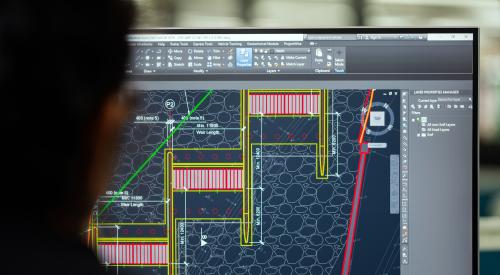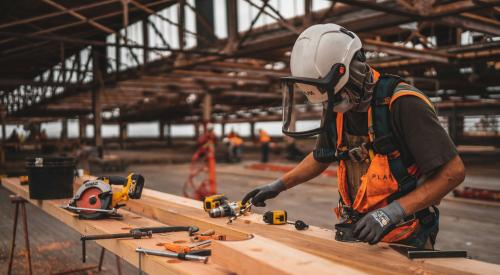As oil prices plummeted, nearly 160,000 oil jobs, or 30 percent of the total workforce, have been cut since 2014. The rise in robots have ensured that those jobs will not be coming back.
The New York Times explored automation’s effects on employment in the industry, particularly in oil-dependent places such as Texas.
While oil production is trending upward, companies are hiring fewer people, and they are emphasizing brains (remote tech jobs) over brawn (blue-collar workers in the field). Artificial intelligence and machine learning make oil production safer, faster, and cheaper.
Computers now direct drill bits that were once directed manually. The wireless technology taking hold across the oil patch allows a handful of geoscientists and engineers to monitor the drilling and completion of multiple wells at a time — onshore or miles out to sea — and supervise immediate fixes when something goes wrong, all without leaving their desks. It is a world where rigs walk on their own legs and sensors on wells alert headquarters to a leak or loss of pressure, reducing the need for a technician to check.











